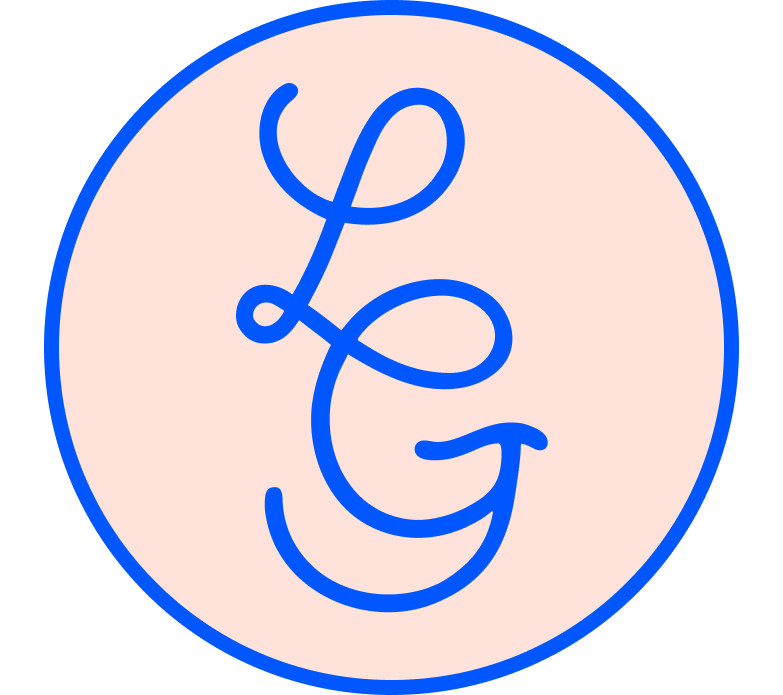Data Expectation Mapping - A Workshop Exercise

This is a quick exercise that I find works well in workshops and you are free to copy.
Data Expectation Map to Download
When should I use a Data Expectation Map?
When we are doing workshops with people who do very complex things with data the amount of context and nuance in their activities can overwhelm something like a workshop. Data Expectation Maps (an activity based largely on Empathy Mapping) is a way to draw that information from a big group of people, but also an easy way that participants in a workshop can:
- identify common goals
- identify similarities in each other’s work
- identify common problems in each other’s work
This can save time on doing lengthy user interviews if there is no need to do in depth studies.
Data Expectation Maps can be done online or in person, the process is still the same. Details like these may seem obvious to a workshop, but in my experience it can be hard to get participants to be forthcoming if involvement with UX is unfamiliar. Therefore it is helpful to have an individual exercise to kick off conversations and have the UX specialist as the facilitator of this type of collaboration. Many may skip ahead but gently encourage them to keep pace with everyone else, as some may struggle with talking about their work to someone wholly unfamiliar.
What will I need?
If in person you will need print outs of the data expectation map, pens, circle stickers for voting and post it notes.
If you are doing it remotely, post these to your online board of choice (e.g. Mural or Miro) and make sure that your participants know how to use post it notes and how to input text. Check before you start.
Instructions

Step 1:
Get participants to fill out the left hand column with their name, organisation and position – this is key to identifying the artifact later after the workshop. They can draw themselves in the space provided whilst waiting for others to complete the exercise.

Step 2:
Tell your participants to take ONE idea per post it note and ask them to consider how their role involves the use of data, what do they do with data. Three minutes then move to the next column.

Step 3:
Tell your participants to take ONE idea per post it note and ask them to consider what they want to achieve with the data they work with. Three minutes then move onto the final column.

Step 4:
Tell your participants to again take ONE idea per post it note and ask what they want to hear being said about their work. Three minutes then move onto gallery.
Step 5:
If in a room – take these profiles and put them on a common wall. If remote – give participants 5 minutes to read their peers’ profiles and ask questions.
Step 6:
After five minutes give participants a sticker or dot each and ask them to identify on their Expectation Map what is the most important aspect to them.
What next?
At the end of this exercise you should have collected a wide canvas of ideas and opinions and started many discussion items that you can detail elsewhere on the board and or wall. I find it is OK if this exercise takes a little longer because of discussion. It is good to provoke respectful discussion and not to be too controlled. You can go on to defining the goal of the workshop now everyone has a shared reference of everyone’s opinions and there is less mystery!
